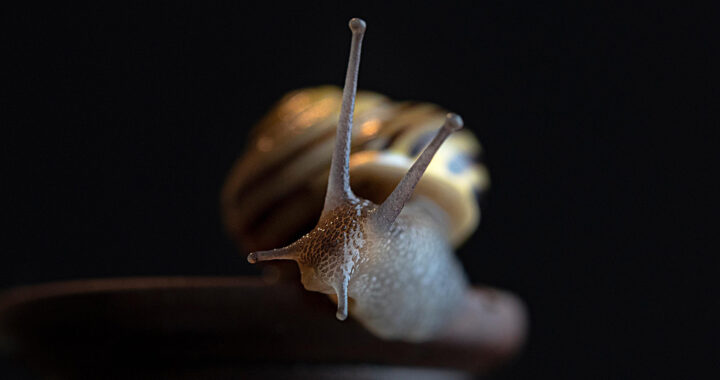The golden apple snail, known scientifically as Pomacea canaliculata, has dazed researchers by revealing a remarkable capacity: the complete regeneration of a camera-type eye. This type of eye, much like the human one, contains a cornea, lens, retina, and optic nerve. The discovery offers an extraordinary opportunity to study the foundations of true eye regeneration.
Scientists at the Stowers Institute for Medical Research meticulously investigated this regeneration process. Their work, published in August 2025 in Nature Communications, outlines the unique advantage this snail offers. It is both genetically tractable and structurally similar to vertebrates, yet it reproduces quickly, making it a practical model organism.
The process of regrowing the eye occurs in four distinct stages over approximately twenty-eight days. It begins with the sealing of the wound. This is followed by the formation of a blastema-like mass of proliferative cells. Subsequently, new lens and retina structures emerge, culminating in their maturation and refinement to restore anatomical completeness.
One of the most critical findings was the role of a master gene known as PAX6. The researchers employed the CRISPR-Cas9 gene editing tool to create snail lines in which PAX6 was disrupted. Hence, without this gene, the snails failed to develop eyes, demonstrating that the genetic blueprint for eye formation is highly conserved across distant species.
A vast molecular choreography was also uncovered. Thousands of genes altered their expression within days of injury. This suggests an orchestrated regeneration program rather than a mere wound healing response. This further offers a glimpse of a potential regulatory switch that could theoretically exist in humans but remains inactive in natural circumstances.
Other regenerative models, such as zebrafish and axolotls, have long been celebrated. But the golden apple snail provides a rare combination of vertebrate-like eye anatomy and experimental ease. Its eye development mirrors human ocular structures more closely. This makes it valuable for drawing parallels to potential therapeutic strategies in human vision restoration.
Researchers caution against overinterpretation. Reconnecting the regenerated eye to the brain likely requires months in snails. The biological machinery for such regeneration may be dormant or incomplete in humans. The detailed roadmap of gene activity could eventually guide methods to stimulate regrowth or repair in cases of severe ocular disease.
This discovery marks the beginning of what could become a transformative chapter in regenerative biology and medicine. By decoding the exact signals and genetic pathways involved, scientists hope to one day harness this natural capacity. The golden apple snail may hold answers to restoring sight for millions affected by degenerative eye conditions worldwide.
FURTHER READING AND REFERENCE
- Accorsi, A., Pardo, B., Ross, E., Corbin, T. J., McClain, M., Weaver, K., Delventhal, K., Gattamraju, A., Morrison, J. A., McKinney, M. C., McKinney, S. A., and Sánchez Alvarado, A. 2025. “A Genetically Tractable Non-Vertebrate System to Study Complete Camera-Type Eye Regeneration.” Nature Communications. 16(1). DOI: 1038/s41467-025-61681-6





